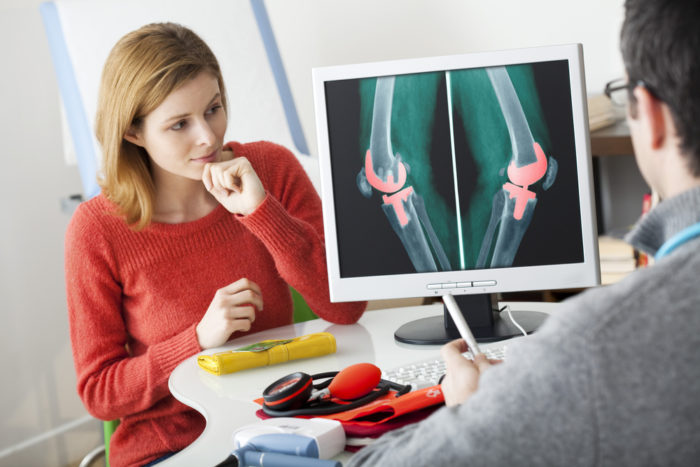Does Replacing A Joint Get Rid Of Arthritis?

Replacing a joint through joint replacement surgery can significantly alleviate the symptoms of arthritis, including pain and impaired mobility. However, you must understand that joint replacement surgery does not cure arthritis. Arthritis is a chronic condition characterized by inflammation and degeneration of the joint, and joint replacement is a treatment method aimed at managing the symptoms and improving the quality of life for individuals with severe joint damage.
During joint replacement surgery, the damaged joint surfaces are removed and replaced with an artificial prosthesis, which can help restore joint function and reduce pain. The prosthetic joint is designed to mimic the movement of a healthy joint, allowing for improved mobility and range of motion.
The most common type of arthritis that leads to joint replacement is osteoarthritis, which is caused by wear and tear on the joint over time. Joint replacement can be a highly effective treatment for advanced osteoarthritis when conservative treatments are no longer effective.
For other types of arthritis, such as rheumatoid arthritis or psoriatic arthritis, joint replacement may be considered if the joint damage is severe. However, other treatments, such as medications, physical therapy, and disease-modifying antirheumatic drugs (DMARDs), are usually the first line of management for these types of arthritis.
After joint replacement surgery, individuals typically experience reduced pain and improved joint function, which can significantly enhance their quality of life and daily activities. However, it’s important to continue appropriate medical management and follow-up care to monitor the prosthesis’s condition and address potential issues.



